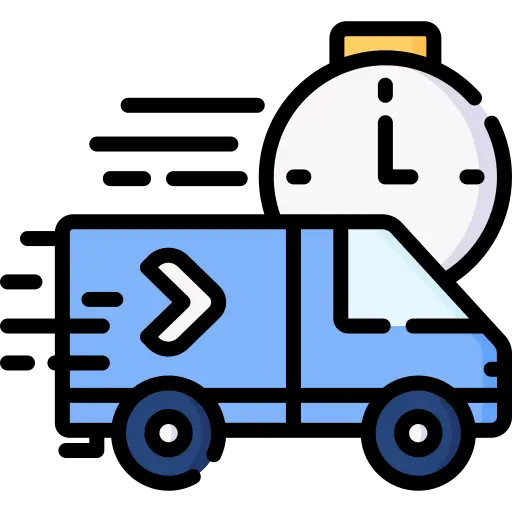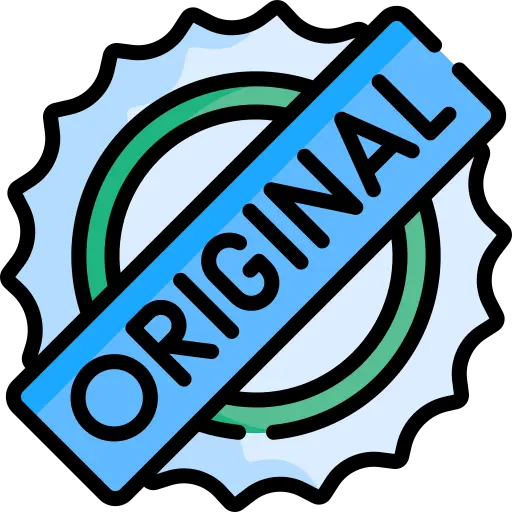te35x1
Stock No : 100-234892
Man No : te35x1
The TF3820 TwinCAT 3 Machine Learning Server is a high-performance service for executing trained AI models with the option of using hardware accelerators. Beckhoff offers a solution for AI models that is seamlessly integrated into TwinCAT 3. This ensures AI applications can also benefit from the familiar advantages of system openness found in PC-based control thanks to the use of established standards The TwinCAT 3 Machine Learning Server provides a function for loading and executing trained AI models. Its services can be accessed locally or remotely using TwinCAT runtimes via PLC function blocks. In processes like this, a server can load multiple AI models and be accessed by multiple TwinCAT runtimes or multiple function block instances. Loaded AI models can be run on the CPU or GPU. An integrated load balancing system distributes and prioritizes requests to the server, taking the available computing resources into account. The neural networks are trained in a variety of frameworks established for data scientists, such as SciKit-Learn, PyTorch, and TensorFlow, as well as in the TE3850 TwinCAT 3 Machine Learning Creator, which is optimized for automation engineers. In each case, the AI model created is exported from the learning environment as an ONNX file. ONNX (Open Neural Network Exchange) has asserted itself as an open standard for interoperability in machine learning, ensuring a clear distinction between the learning environment and execution environment of trained models. The ONNX file can be read into TwinCAT 3 and supplemented with application-specific meta information, such as the model name, model version, and a brief description. The AI model description enriched with this information can then be loaded into the TwinCAT 3 Machine Learning Server and executed there using a function block in the TwinCAT 3 PLC. The TwinCAT 3 Machine Learning Server provides an inference engine with maximum flexibility in terms of AI models and high performance in terms of hardware. Applications can be found in predictive and prescriptive models, in the machine vision sector, and in robotics. Examples include image-based methods for sorting and evaluating products, classifying defects, localizing defects and products, and calculating gripping positions.






Stock No : 100-234892
Man No : te35x1

Stock No : 100-234893
Man No : te1421

Stock No : 100-234894
Man No : te1402

Stock No : 100-234895
Man No : te3850